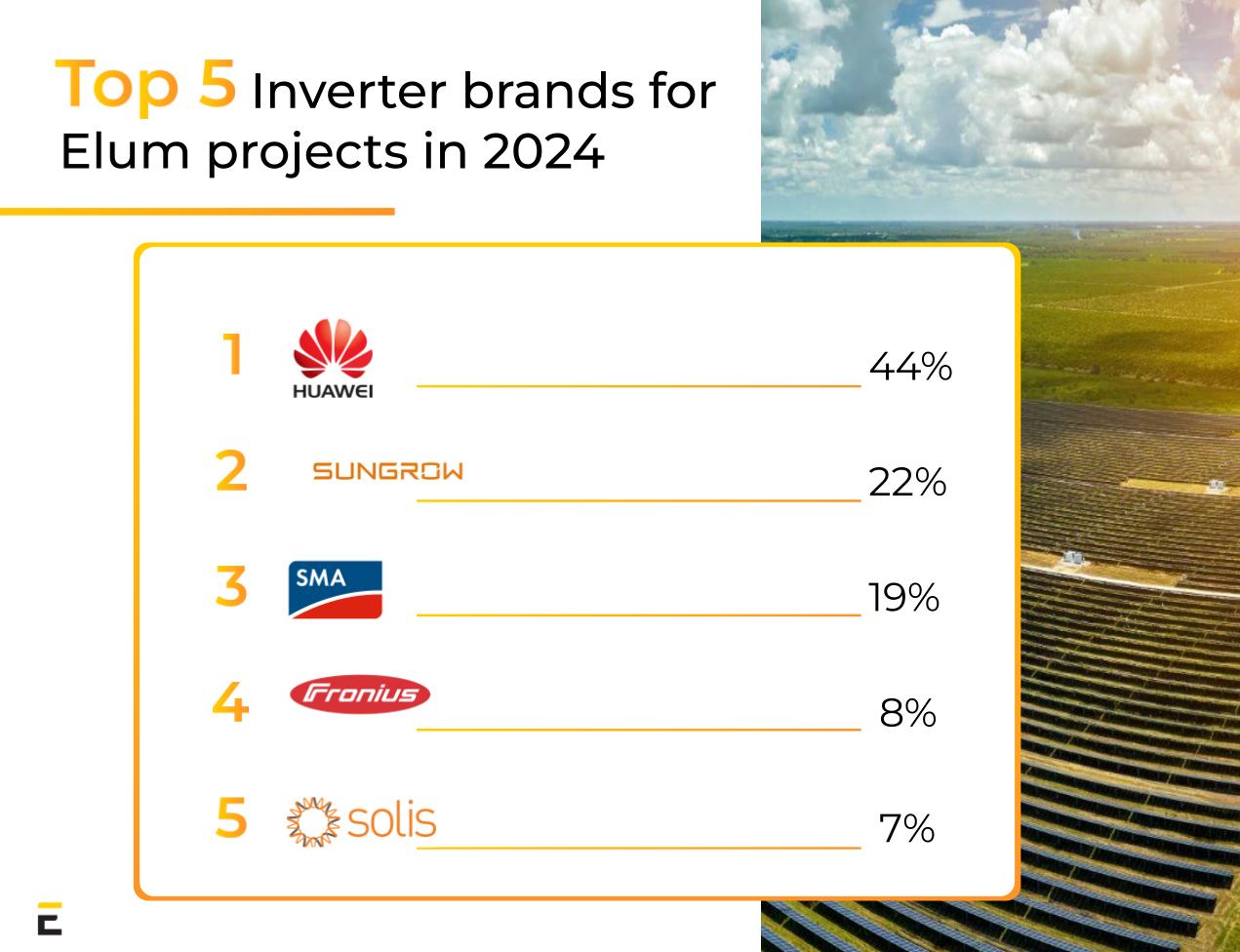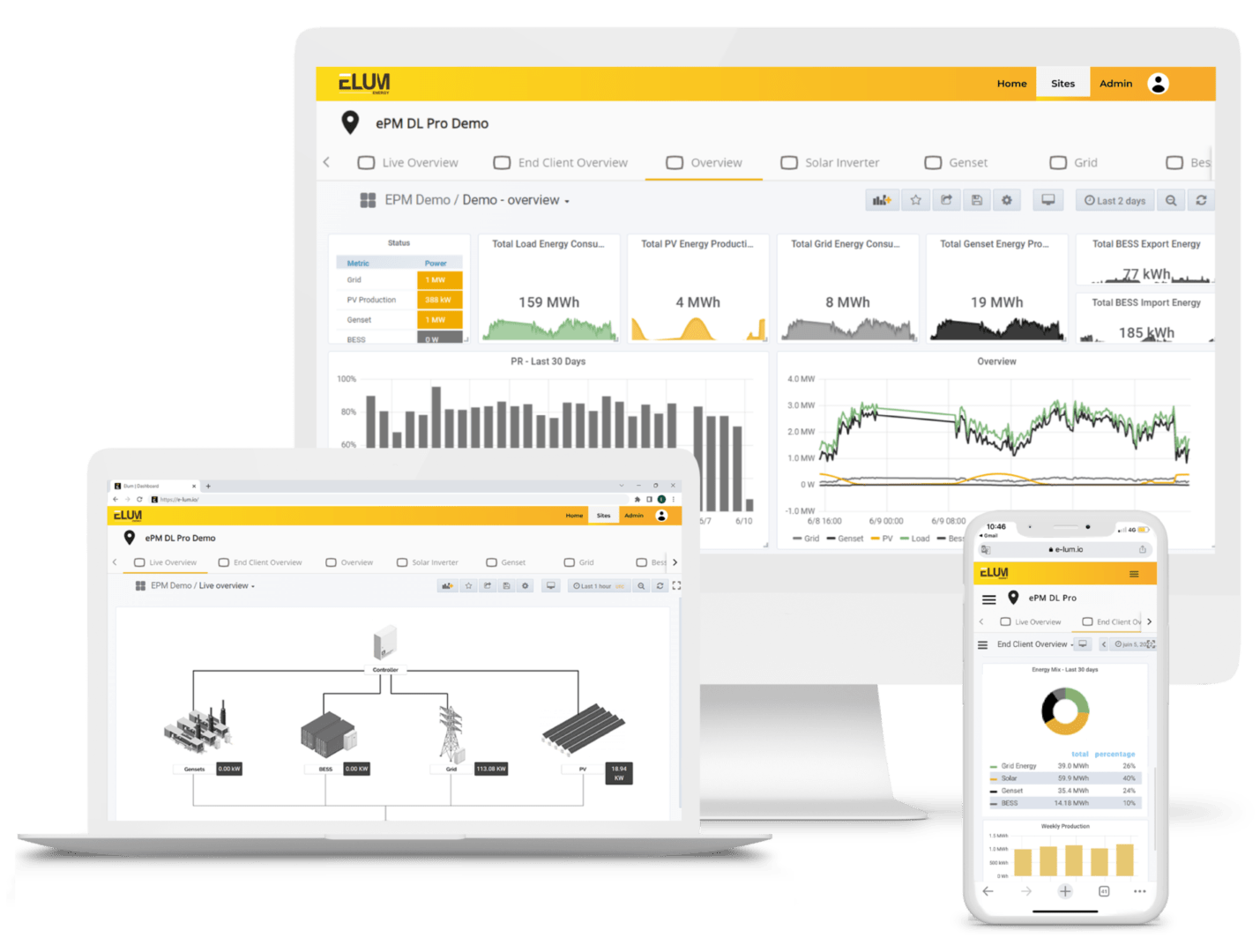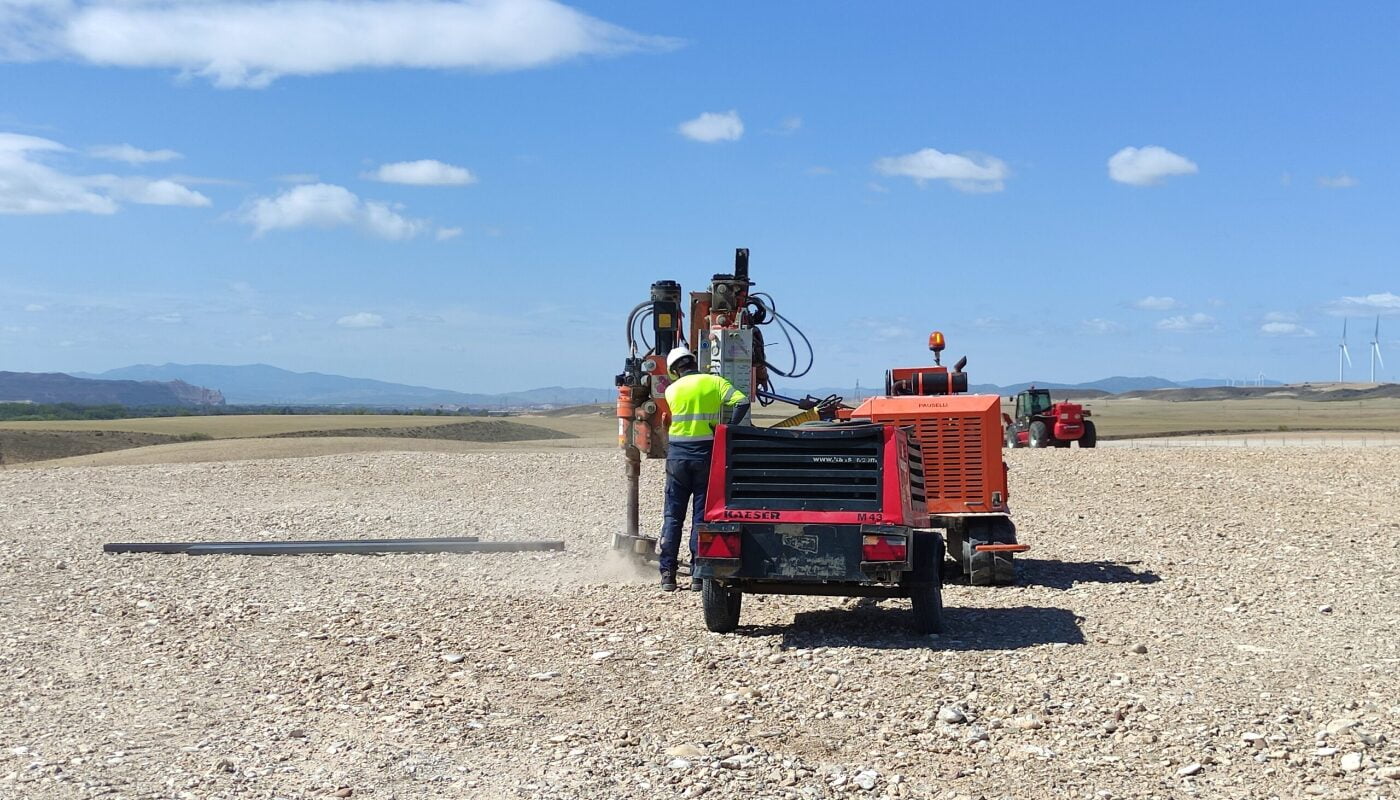Everything a Solar EPC Should Know About Smart EV Charging
In the rapidly evolving market for solar-powered EV charging stations, users who are both time-sensitive and environmentally conscious increasingly demand fast charging supported by renewable energy sources. To attract these high-value consumers, often willing to pay a premium for speed and sustainability, a combination of robust charging infrastructure and intelligent control systems is essential.
Implementing advanced control strategies for EV charging is the key to achieving specific operational goals, such as maximizing solar self-consumption, enhancing revenue streams, supporting grid stability, or reducing the overall carbon footprint.
Although there are very ambitious plans to roll out EV charging infrastructure, it is not without causing major disruption at various levels of the Energy value chain. The modern equivalent of the gas station, a distributed EV charging network, faces complex issues that are best addressed through solar-powered microgrids, which provide an efficient and resilient foundation for sustainable energy delivery.

According to a 2024 report by the International Energy Agency (IEA), more than 58 million electric vehicles were in operation worldwide. The rapid expansion of electric mobility, driven by major advancements in battery technology, has made EVs increasingly attractive to a broadening consumer base. This momentum continues to accelerate and is widely recognized as a key factor in global decarbonization efforts.
Solar EV Charging Infrastructure Configurations and Strategies
Charging Stations
For a Solar EPC, selecting the optimal configuration requires first defining the primary purpose of the charging system. Common objectives include:
- Aligning fast-charging operations with local solar generation
- Utilizing excess local PV production & avoiding curtailment
- Minimizing grid power purchase from the building
- Reducing the building’s peak load demand
- Lowering the carbon footprint of the building
- Providing grid services to the local utility
In addition, a qolar EPC should have understanding of the final client / end-user load profile in order to define the most suitable system configuration and control approach.
Commercial or Workplace Buildings
Assuming electricity prices remain at 2020 levels, the EV charging market is projected to reach €33 billion by 2030. At present, most vehicle charging takes place at privately owned stations. However, within the next decade, it is expected that 40 to 50 percent of total charging energy will come from public infrastructure, including semi-public locations such as supermarket parking lots (according to BCG).
In commercial and industrial buildings, EV charging demand is mostly correlated with PV excess production. Yet, many existing infrastructures, such as gas stations or small offices, were not originally designed to accommodate EV chargers. As a result, implementing advanced control strategies in solar-powered EV charging stations is essential to synchronize charging with local production and maximize on-site energy use.
Control Strategies
In order to reap the most benefit from specific smart charging strategies, effective cooperation between EV drivers and charging stations is essential. The objectives of EV owners and charging station operators do not always align, making coordination critical to achieving optimal outcomes.
There are 2 main control strategies that can be implemented for smart EV charging:
1. Maximizing EV charging
The user will benefit from the maximum power output of the EV charger whether it is fed from the grid or from the Solar. The main features here are:
- Limitation of injection: If Solar production surpasses Load consumption, PV production will be curtailed so it is not injected into the grid
- Load Balancing: If Load consumption surpassed the Maximum power purchase from the grid, EV charging speed will be reduced in order to always be under a determined power purchase
- This strategy maximizes the user comfort but does not maximize the PV penetration
2. Maximizing PV penetration
The solar producer will maximize the PV penetration by adapting EV charging speed to the Solar production. The main features are:
- Smart Charging: If Solar production surpasses Load consumption, EV charging speed will be increased to use the excess of solar production
- Limitation of injection: If Solar production surpasses Load consumption, PV production will be curtailed so it is not injected into the grid
- This strategy is well suited to maximize the PV penetration but the user comfort is diminished. In order to reach their preferred outcome, charging stations will have to mix those two main strategies depending on the profile of their users.
How to Manage All These Energy Supplies?
Solar EV charging stations integrated with the grid enable control strategies for both behind-the-meter and front-of-the-meter applications. Implementing an EV charging controller can optimize the charging process, ensuring efficient integration with various energy sources and enhancing the overall performance of the charging station.
It is evident that effective synergy can be achieved through smart control strategies, such as those provided by controllers like Elum’s ePowerControl EV. The following points illustrate why a robust monitoring and control system is essential for delivering the services associated with the terminal.

Advanced Control and Optimization of EV Charging Stations with ePowerControl
The ePowerControl technology connects to PV inverters, EV chargers, BESS, and meters enabling independent monitoring and control of each device to:
- Anomaly detection: Identifies irregularities across a portfolio of self-consumption charging stations
- Smart Charging: Adjusts charging speed based on battery state, solar production, and building load
- Vehicle-to-Grid (V2G): Manages EV battery charging/discharging based on utility signals
- Solar Optimization: Optimizes solar input for efficient real-time charging and demand management
To learn more about how a solar controller works and its role in optimizing energy management, see our dedicated article: ‘What is a solar controller?‘






